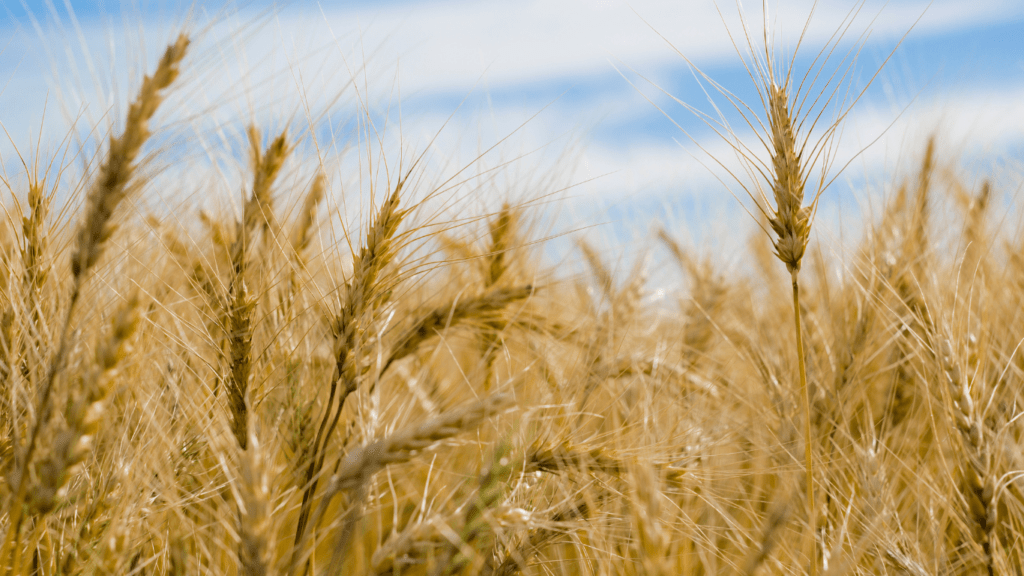Start With a Solid Plan
Winging it at the grocery store is a fast way to spend more, grab junk, and forget what you actually need. Start with one simple move: plan your meals for the week. Nothing fancy just a quick sketch of what you’ll eat for breakfast, lunch, and dinner. Build your grocery list off that. It saves time, stress, and extra trips.
Keep the focus on whole foods. Think produce, lean proteins, whole grains. These basics do the heavy lifting when it comes to fueling your body well. Resist the flashy packaging and go for ingredients you can pronounce.
And before you head out, check your pantry. That half used bag of rice or stash of canned beans might cover a night or two. Skipping repeats in your cart cuts back on food waste and makes room to buy better, not just more.
Stick to the Perimeter
When it comes to healthy grocery shopping, one of the simplest strategies is also one of the most effective: shop the outer edges of the store first.
Why the Perimeter Matters
The perimeter is where you’ll find the most nutrient dense, minimally processed options. Instead of getting distracted by flashy packaging or loaded ingredient lists, focus on these essentials:
Fresh produce Fruits and vegetables should make up a large share of your cart
Dairy and dairy alternatives Choose options with low added sugars and minimal processing
Proteins Opt for lean poultry, fresh fish, eggs, and plant based alternatives
What’s in the Center Aisles?
While not everything in the middle of the store is off limits, this is typically where processed, packaged, and snack heavy items dominate.
Many boxed and bagged foods are high in sodium, sugar, and preservatives
Eye level shelving often promotes the most profitable not the most nutritious choices
Smart Tip: If you need pantry staples (like whole grains, olive oil, or canned goods), check your list and stick to it. Otherwise, steer clear.
Bonus Hack: Don’t Shop Hungry
Impulse purchases often creep in when you shop on an empty stomach. That bag of chips or candy bar seems more irresistible when you’re craving a quick energy boost.
Eat a small, balanced snack before shopping to help you stay focused
Stick to your list and avoid reactionary buying based on hunger
Shopping the perimeter with intention helps you build a cart and a diet centered around real, nourishing foods.
Understand Labels (And Ignore the Marketing)
Packaging loves to talk big: “natural,” “low fat,” “made with real fruit.” Sounds healthy. But the truth lives in the ingredient list. If that list reads like a chemistry lab report, it’s probably not doing your body any favors. Instead of trusting the front of the box, flip it over. Fewer ingredients usually means fewer surprises and fewer processed fillers you don’t need.
Don’t let serving sizes trip you up, either. Nutrition labels are based on a single serving, not the full package. A snack bag that looks like a single portion might actually contain three. That “100 calories” you spotted? Multiply it if you’re finishing the whole thing. It’s a small switch in awareness, but it makes a difference.
Bottom line: marketing is built to sell. Labels are built to inform. Trust the latter, not the hype.
Buy Seasonally and Locally When Possible

Choosing seasonal and local items isn’t just a trendy option it’s a practical step toward better nutrition, sustainability, and flavor. Here’s why it should be part of your grocery game plan:
Why Go Seasonal?
More nutrients, better taste: Produce harvested in season is often fresher and more nutrient rich since it’s picked at its peak.
Lower costs: When fruits and vegetables are in abundance, prices drop. Seasonal shopping helps you eat well without breaking the budget.
The Benefits of Buying Local
Supports your community: Sourcing food from nearby growers strengthens the local economy and helps small farms thrive.
Reduced environmental impact: Local goods travel shorter distances, which cuts down on fuel emissions and packaging waste.
Don’t Skip the Farmers’ Market
Higher quality: Local markets often feature just harvested items that haven’t sat in trucks or storage.
Unique finds: You may discover heirloom varieties or small batch specialty foods that never make it to traditional supermarkets.
Build relationships: Talking directly to growers gives you insight into how your food is produced something a barcode can’t offer.
Tip: Look up what’s in season in your region and plan meals around that list. It’s one small tweak with long term benefits.
Frozen and Canned Aren’t the Enemy
Frozen produce often gets a bad rap, but here’s the deal: those fruits and veggies are usually picked at their peak and frozen fast. That locks in nutrients without the pressure of a ticking clock in your fridge. They’re solid backups for when fresh isn’t an option or when you’re working around a tight schedule.
Canned foods? Same story as long as you read the labels. Stick with beans, tomatoes, and fish like tuna or salmon packed in water or olive oil. Skip anything soaking in syrup, heavy brine, or mystery sauces. The goal here is simplicity and versatility, without all the extra sodium or sugar.
When you’re feeding yourself or your family on a budget, these pantry staples are clutch. They’re shelf stable, nutrient dense, and ready to roll into soups, pastas, or quick stir fries. Don’t overlook them they’re the quiet workhorses of smart grocery shopping.
Shop With Sustainability in Mind
Small changes at the grocery store can make a big impact. When possible, pick products with the least amount of packaging skip the plastic wrapped bananas and go for loose produce. Opt for bulk bins when they’re available and only take what you need.
Bringing your own bags is a no brainer. Go a step further and keep reusable produce bags or containers handy, especially if you shop local markets. Less waste, less guilt.
Sustainable shopping doesn’t have to be perfect. It just has to be conscious. For more actionable tips, check out this helpful grocery shopping guide.
Bonus: Track What Works
Smart grocery shopping isn’t just about what you buy it’s about learning from what you actually use. Start by building a tight list of staples that make it easy to throw together healthy meals. Think pre washed greens, canned beans, eggs, frozen berries, or whole grain wraps. These aren’t fancy, but they show up when it counts.
As weeks go by, pay attention to what’s getting tossed. If that niche spice blend or random vegetable keeps wilting away, cut it from your list. Wasted food is wasted money and energy.
Your go to items should evolve with your routine. New work hours? Fewer sit down dinners? Switch things up. The more your grocery list matches your life not your ideal version of it the easier it is to stay consistent with nutritious eating.
Keep it simple. Keep it real. Adjust as you grow.
Keep Reading
If you’re ready to level up your grocery game, don’t stop here. Our full grocery shopping guide dives deeper into how to shop smarter, eat better, and do it all without blowing your budget or the planet. It’s packed with straight up, no fluff advice for anyone who wants to navigate the store like a pro.


 Wellness Coach
Jake Beet is a certified wellness coach at Aura Nature Spark, specializing in personalized nutrition and fitness plans. With a background in exercise science, Jake is dedicated to helping individuals achieve their health goals through tailored programs that emphasize balance and sustainability. His engaging and supportive approach empowers clients to make positive lifestyle changes that last. Jake believes that wellness is a journey, and he is passionate about guiding others toward a happier and healthier future.
Wellness Coach
Jake Beet is a certified wellness coach at Aura Nature Spark, specializing in personalized nutrition and fitness plans. With a background in exercise science, Jake is dedicated to helping individuals achieve their health goals through tailored programs that emphasize balance and sustainability. His engaging and supportive approach empowers clients to make positive lifestyle changes that last. Jake believes that wellness is a journey, and he is passionate about guiding others toward a happier and healthier future.
